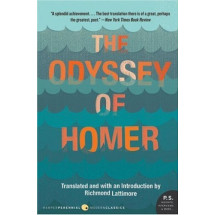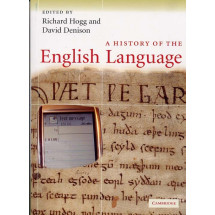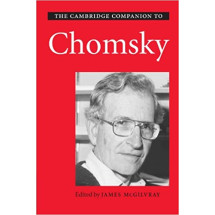A comical futurist fantasy, first published in 1904, about a tradition-loving suburban London community of the 1980s at war with its modernizing neighbors. Chesterton's splendid storytelling gifts and his sympathies for the plight of small nations trying to remain independent are strongly in evidence. 7 illustrations by W. Graham Robertson. New Introduction by Martin Gardner.
This early novel is both expensive and hard to find in its first edition. Written by the prolific English critic and author of novels, short stories, essays and verse, G. K. Chesterton (1874-1936), it is a futuristic novel set in 1984 in a London that has changed little from the date in which is was written, 1904. Chesterton’s most accurate prediction was that in essence, people would not change, and would continue to regard government with indifference. Many of the earliest books, particularly those dating back to the 1900s and before, are now extremely scarce and increasingly expensive. We are republishing these classic works in affordable, high quality, modern editions, using the original text and artwork. --This text refers to an alternate Paperback edition.
GK Chesterton was born in London in 1874 and educated at St Paul's School, before studying art at the Slade School. In 1896, he began working for the London publisher, Redway, and also T. Fisher Unwin as a reader where he remained until 1902. During this time he undertook his first freelance journalistic assignments writing art and literary reviews. He also contributed regular columns to two newspapers: the Speaker (along with his friend Hilaire Belloc) and the Daily News. Throughout his life he contibuted further articles to journals, particularly The Bookman and The Illustrated London News. His first two books were published; two poetry collections, in 1900. These were followed by collections of essays and in 1903 by his most substantial work to that point; a study of Robert Browning. Chesterton's first novel, 'The Napoleon of Notting Hill' was published in 1904. In this book he developed his political attitudes in which he attacked socialism, big business and technology and showed how they become the enemies of freedom and justice. These were themes which were to run throughout his other works. 'The Man who was Thursday' was published in 1908 and is perhaps the novel most difficult to understand, although it is also his most popular. 'The Ball and the Cross' followed in 1910 and 'Manalive' in 1912. Chesterton's best-known fictional character appears in the Father Brown stories, the first of the collection, 'The Innocence of Father Brown', being published in 1911. Brown is a modest Catholic priest who uses careful psychology to put himself in the place of the criminal in order to solve the crime. His output was prolific, with a great variety of books from brilliant studies of Dickens, Shaw, and RL Stevenson to literary criticism. He also produced more poetry and many volumes of political, social and religious essays. Tremendous zest and energy, with a mastery of paradox, puns, a robust humour and forthright devotion along with great intelligence characterise his entire output. In the years prior to 1914 his fame was at its height, being something of a celebrity and seen as a latter day Dr Johnson as he frequented the pubs and offices of Fleet Street. His huge figure was encased in a cloak and wide brimmed hat, with pockets full of papers and proofs. Chesterton came from a nominlly Anglican family and had been baptized into the Church of England. However, he had no particular Christian belief and was in fact agnostic for a time. Nevertheless, in his late --This text refers to an alternate Paperback edition














